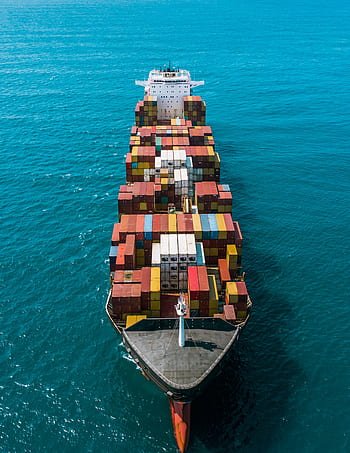Table of Contents
Foreign trade policy
The new Foreign Trade Policy of India was announced on 01st April 2015 for the period of 2015-2020, by the Govt Of India, Ministry of Commerce and Industry. The Foreign Trade Policy or Export-Import Policy (EXIM Policy) is updated every year on the 31st of March. All the necessary modifications, improvements are done with the aim of developing export potential, improving export performance, encouraging foreign trade.
The foreign trade policy of India was going to expire by this financial ending, but due to the present worldwide corona pandemic, The Indian govt has extended its foreign trade policy till March 2021.
What is the meaning of trade policy?
What is the foreign trade policy?
Policies implemented by the local govt body of a domestic economy or country to discourage imports from, and encourage exports to, the foreign sector/economy/ nations/ country. Tariffs and import quotas are designed to discourage imports. And export subsidies are designed to encourage exports.
What is the main objective of trade policy?
The overall goal of those foreign trade policies is to make or increase a country’s balance of trade surplus, that is, to extend net exports and to become a competitive participant in world trade. Its main objective is to discourage import and encourage export, attract more foreign investment to the country while creating more jobs, control supplies, and promote productivity growth.
What are the instruments of trade policy?
The three commonest instruments of foreign trade policies are tariffs, import quotas, and export subsidies.
Tariffs
The first of three foreign trade policies designed to limit imports and promote exports is tariffs on imports.
Tariffs are simply taxes placed on imports. They work like all other taxes. A tariff is added to the worth of the imported good. The resulting price of the import is thus higher, which tends to decrease the number purchased. And if fewer imports are purchased, then more domestic production is available to be sold within the country thus encouraging local manufacturing.
Import Quotas
The second of three foreign trade policies designed to limit imports and promote exports is quotas on imports. Generally, a quota is just a quantity restriction placed on an honest, service, or activity. For instance, employers often face hiring quotas for various demographic groups, and sales representatives often have quotas for sales activities.
Import quotas are then merely legal restrictions on the quantities of imports that are imposed by the domestic government. Import quotas are often established as an easy aggregate, presumably satisfied on a first-come-first-serve basis. Once the entire is reached, then no more imports of the actual good are allowed. Alternatively, the entire quota is often divided among foreign producers, perhaps pro-rated supported past imports.
Export Subsidies
The third point of common foreign trade policies is export subsidies. Generally, a subsidy may be a payment made by the govt sector, either to a business or consumer, with no expectations of receiving any product in exchange. That is, subsidies are merely gifts. they’re also commonly thought of as negative taxes.
Whereas taxes are payments or charges flowing from businesses and consumers to the government. Subsidies are payments flowing from the government to businesses and consumers, just the reverse of taxes. The policy will also give a push to food processing and manufacturing to have much growth in food production which will increase India’s share of value-added products in its Agriculture export basket at the global level.
Subsidies are usually paid to encourage or promote export and show self-dependency.
An export subsidy is then a subsidy paid to domestic producers to encourage exports of production to the foreign sector. This export subsidization effectively increases the general revenue received by the domestic firms when exporting and thus helps in the growth of local manufacturing and production.
Export subsidies are usually justified as a way of helping domestic producers compete with lower-cost imports. While imports may need lower costs thanks to comparative advantage, they also could be subsidized by foreign governments.
Also, visit Export import data here.
Also, visit HS Code here.

